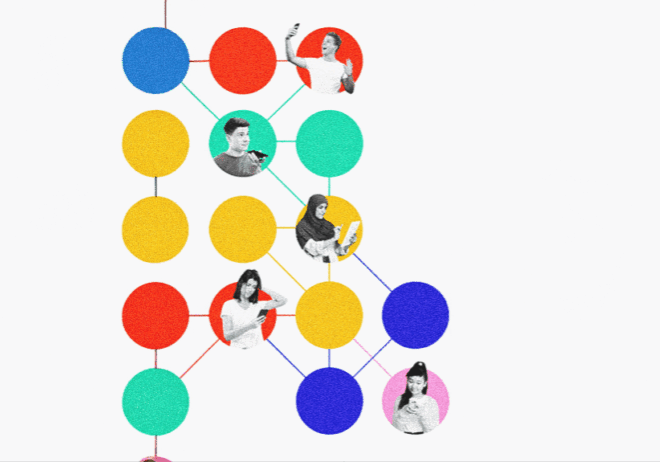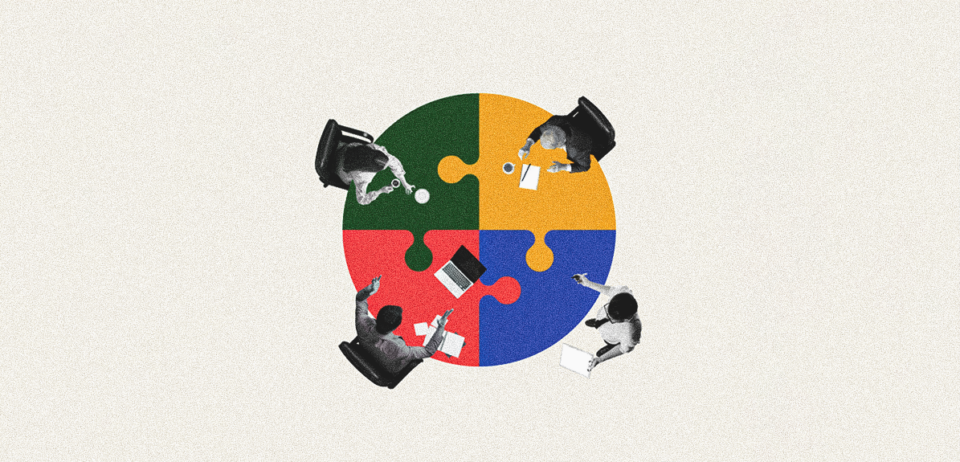
Business Growth Strategies: How Marketing, Advertising, and Sales Drive Success
What comes to mind when you hear the words — marketing, advertising, or sales? Many people use these terms interchangeably, assuming they all serve the same function in business. While they are interconnected, each plays a unique and essential role in transforming a curious prospect into a loyal customer. In today’s hyper-digital world, these roles have evolved, making it essential to understand how they function both individually and collectively to drive powerful business growth strategies.
Marketing lays the foundation, advertising amplifies the message, and sales closes the deal. Without marketing, a brand lacks direction. Without advertising, its voice gets lost in the noise. Without sales, all efforts fail to generate revenue. You can gain a significant edge in the business and marketing worlds by being aware of the differences between them. So, let’s make things simpler.
Marketing: The Big Picture
Marketing is the grand strategy, the master plan that dictates how a brand presents itself to the world. It’s about understanding human psychology, cultural trends, and economic shifts to create a compelling narrative that attracts and retains customers.
Think of marketing as an architect designing a city. The architect doesn’t just throw buildings together randomly; they consider infrastructure, aesthetics, and long-term sustainability. Similarly, marketing involves meticulous planning—from market research and consumer psychology to brand positioning and customer experience. Some key elements of marketing:
Market Research: This is where you gather information about the target audience – who they are, what they want, and how they behave.
Branding: It’s about creating a unique identity for your brand. From your logo to your company’s voice and values, branding sets you apart from competitors.
Content Creation: Whether it’s blogs, social media posts, or videos, content is a major part of a marketing strategy. It helps you connect with your audience and build trust.
Customer Journey: Marketing focuses on guiding a potential customer through the various stages, from awareness all the way to decision-making.
Data Analytics: Leveraging insights to refine strategies and optimize performance.
A recent example is Coach’s resurgence among Gen Z and millennials. By embracing Y2K nostalgia and vintage-inspired designs and collaborating with influencers like Megan Thee Stallion and Jennifer Lopez, Coach has successfully rebranded itself to appeal to younger consumers. Their strategic marketing on platforms like TikTok has made the brand trendy among those who appreciate quality and craftsmanship.
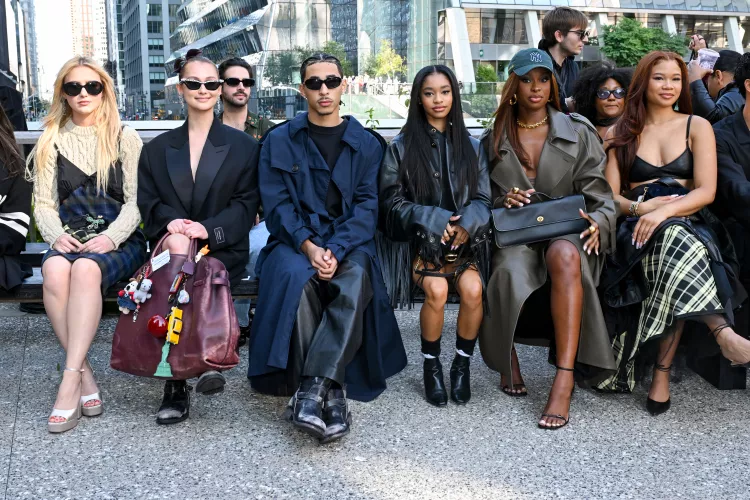
Advertising: The megaphone of marketing
If marketing is the strategy, advertising is the voice that broadcasts it. Advertising is a subset of marketing focused on visibility and persuasion. It’s the art of making noise in a crowded marketplace.
A well-crafted ad campaign transcends mere product promotion—it’s about storytelling, emotion, and timing. For instance, Netflix’s promotional campaign for “Stranger Things” Season Four masterfully blended ’80s nostalgia with modern marketing techniques, resulting in record-breaking viewership and heightened fan engagement. Similarly, the “He Gets Us” campaign utilized contemporary themes to reintroduce the figure of Jesus, aiming to resonate with younger demographics and religious skeptics.
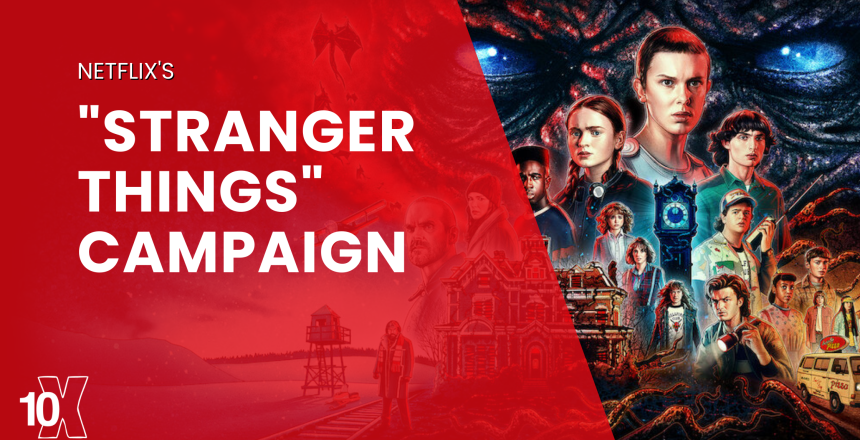
Traditional Advertising: TV, radio, print, billboards—legacy media that still holds weight in brand awareness.
Digital Advertising: Social media ads, Google search ads, influencer marketing—highly targeted and data-driven.
Guerrilla Advertising: Unconventional, low-cost tactics designed to create buzz and virality.
Experiential Advertising: Immersive brand experiences that engage consumers directly.
Take McDonald’s “Raise Your Arches” campaign, where they cleverly used visual storytelling without even showing their food. Instead, they focused on the power of the brand’s golden arches—using a simple eyebrow-raising gesture to signal grabbing McDonald’s with colleagues. The campaign thrived on TikTok and Instagram, proving that subtle branding and social engagement can drive consumer cravings.
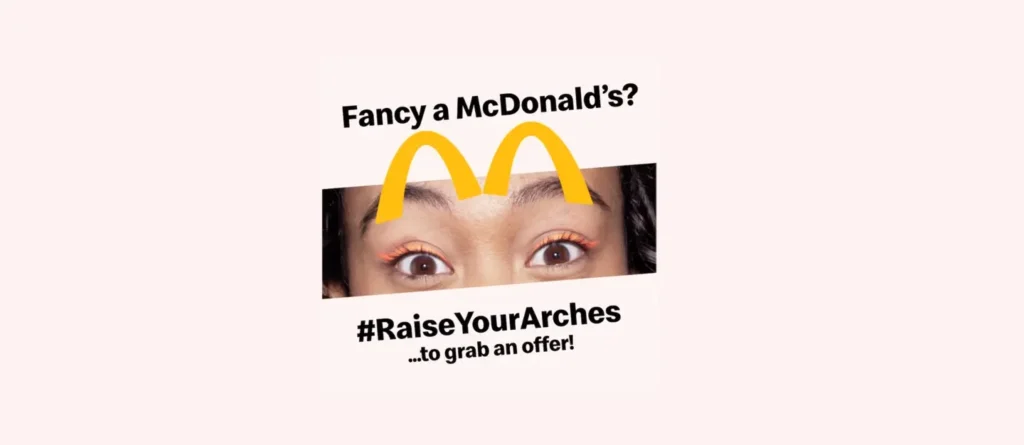
Sales: Turning interest into action
Sales is where the rubber meets the road. It’s the point where all the strategic planning and loud advertising pay off—or fail spectacularly. Sales isn’t just about pushing a product; it’s about understanding objections, overcoming hesitation, and sealing the deal with confidence.
A great salesperson isn’t just a talker—they’re a listener, a strategist, and a problem solver. They identify a customer’s specific needs and tailor their pitch accordingly. Whether it’s a high-stakes B2B negotiation or a one-on-one consultation at an Apple Store, sales is about relationship-building and trust. Some key sales strategies:
Consultative Selling: Focusing on customer needs rather than just the product’s features.
Solution-Based Selling: Positioning the product as the answer to a customer’s specific problem.
Persuasive Selling: Using psychological triggers like scarcity, social proof, and urgency.
Follow-Up & Retention: Keeping customers engaged after the purchase to ensure long-term loyalty.
You’re scrolling TikTok, see a creator unbox the Stanley Quencher tumbler, and later, a paid ad reinforces the hype. A limited-time Amazon deal seals the purchase. Now, contrast this with Salesforce’s enterprise sales. Instead of ads alone, they rely on personalized demos, executive negotiations, and long-term nurturing to close multimillion-dollar deals. Different strategies, same goal: converting interest into action.

How do these three beasts work together for business success?
When launching a new coffee brand, marketing strategists study consumer preferences, craft compelling branding, and create a narrative around ethically sourced beans. Advertising professionals then use influencer partnerships, TikTok campaigns, and social media ads to spread the word. Finally, the sales team converts the buzz into revenue by offering discounts, creating urgency, and ensuring customer satisfaction.
The modern business landscape is increasingly blurring the lines between these three functions. With AI-driven analytics, brands can now predict customer behavior, allowing marketing, advertising, and sales teams to work in seamless alignment. This shift means businesses must adopt a more integrated approach to succeed.
Cut to the chase
In an era where consumers are bombarded with choices, mastering the balance between these three elements is the key to driving sustainable growth. Whether you’re a marketer, entrepreneur, or simply an intellectually curious individual, recognizing how these forces can empower you to navigate the business world with confidence.

